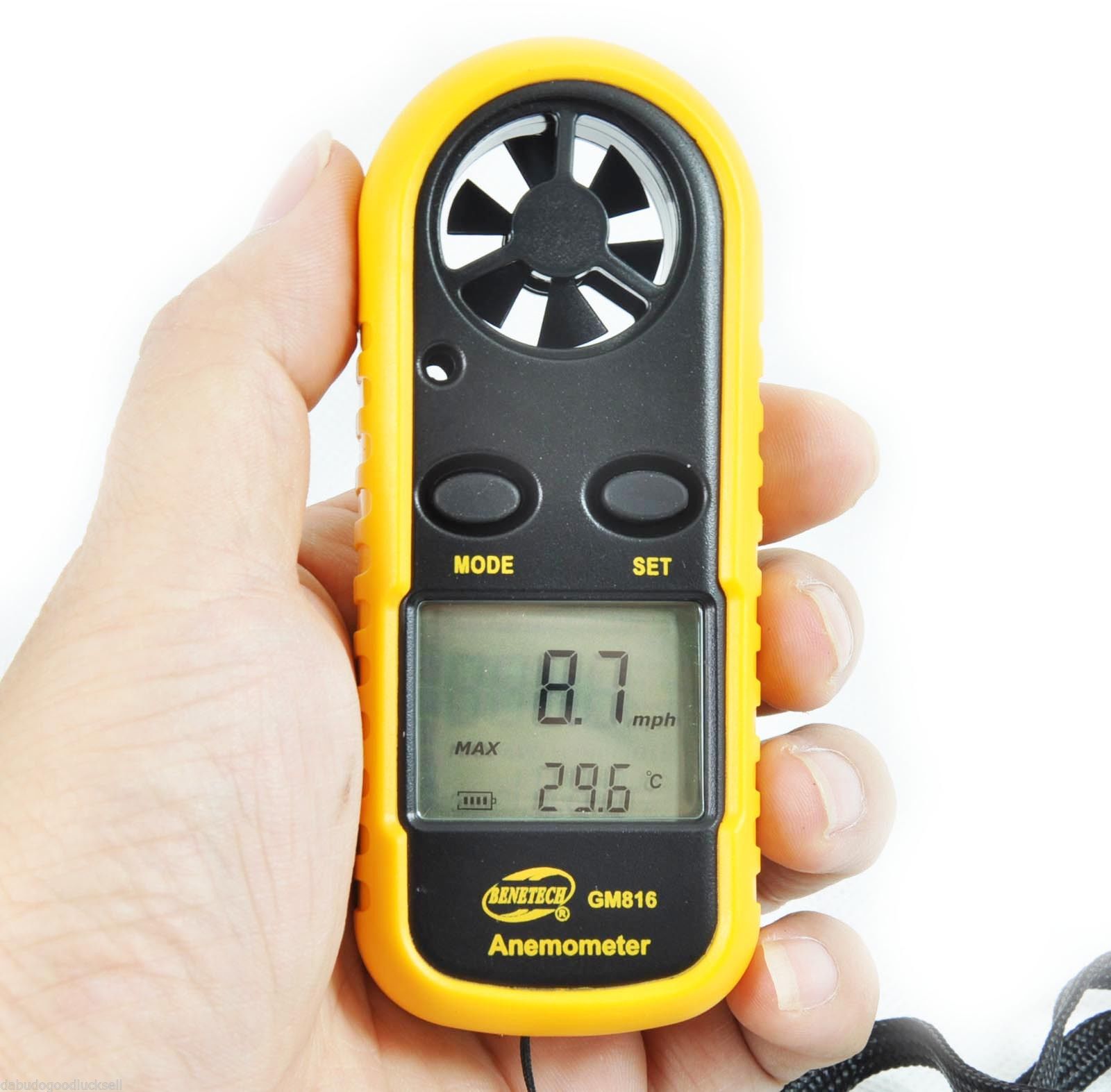

Depending on the use the wind data is to be put, the speed is either averaged over a few minutes or the maximum speed is taken - known as a gust. There are other types – ranging from a simple “ping-pong ball” anemometer you can make yourself, to more accurate but more expensive sonic anemometers that rely on measuring the speed that sound travels in the wind. A cup anemometer just has to be held vertically and it will measure wind from any direction. They rotate faster in stronger winds, and an electronic counter is used to convert this rotation into wind speed.Ī rather cheaper type is the propeller anemometer, but to get an accurate measure of speed it has to be kept facing into the wind – whose direction changes from one moment to the next, so this can sometimes be tricky. The type used on weather stations, and hand-held versions, uses three cups on a spindle – the wind force on the open side of the cup is greater than that on the rounded side, and this makes the cups rotate. But how do we measure its speed?Ī device for measuring wind speed is known as an anemometer, and there are lots of different types. As well as meteorologists, lots of other people are interested in how fast the wind is blowing, ranging from sportsmen such as parachutists and sailors, to those concerned with hazardous winds, such as air traffic controllers and crane operators. Multiply by two to get revolutions/rotations per minute (rpm).Wind is simply movement of air, but sometimes this movement can be pretty fast! Those of us in the South of England have recent memories of the St Jude’s Day storm on 28 October, and the disruption caused by gusts of up to 99mph. To do so, count the number of times the cup with the red mark passes in front of you in 30 seconds.
#Wind anemometer how to
Click here to download a Word Document on how to convert rpm to mph.ĭiscuss the importance of making accurate measurements in predicting weather. Answers to questions in observations: #2) 3 mph #3) 8 mph.One cup must be marked “X” or painted so that the students can easily count the revolutions of the instrument.

You may substitute any other materials you have available, just be sure that both spinning arms are the same length. We recommend wooden rulers because they are a good size, they have a hold in the center, and they are inexpensive. Any size wood pieces will work if you do not have a way to cut the strips to a particular size.Initiate a discussion on the different things wind speed affects (helps or hurts) in the world. Make sure the students understand the purpose of an anemometer. Hey build, they will not be able to accurately convert their measurements to miles per hour. Without a complicated calibration of the instrument t They will multiply this number by 2, giving them the wind speed in rotations per minute (rpm). To measure the wind speed, students will count the number of times the anemometer makes one complete rotation in 30 seconds. The faster the wind is blowing, the faster the arms will spin.

Wind from any direction will catch one of the cups and start the rotation of the arms. One type of anemometer consists of four arms with cups on the ends that rotate freely.

Adobe PDF Open Document Word Document Making, using, and understanding an ANEMOMETER OBJECTIVES:Īn anemometer is an instrument that meteorologists use to measure wind speed.


 0 kommentar(er)
0 kommentar(er)
